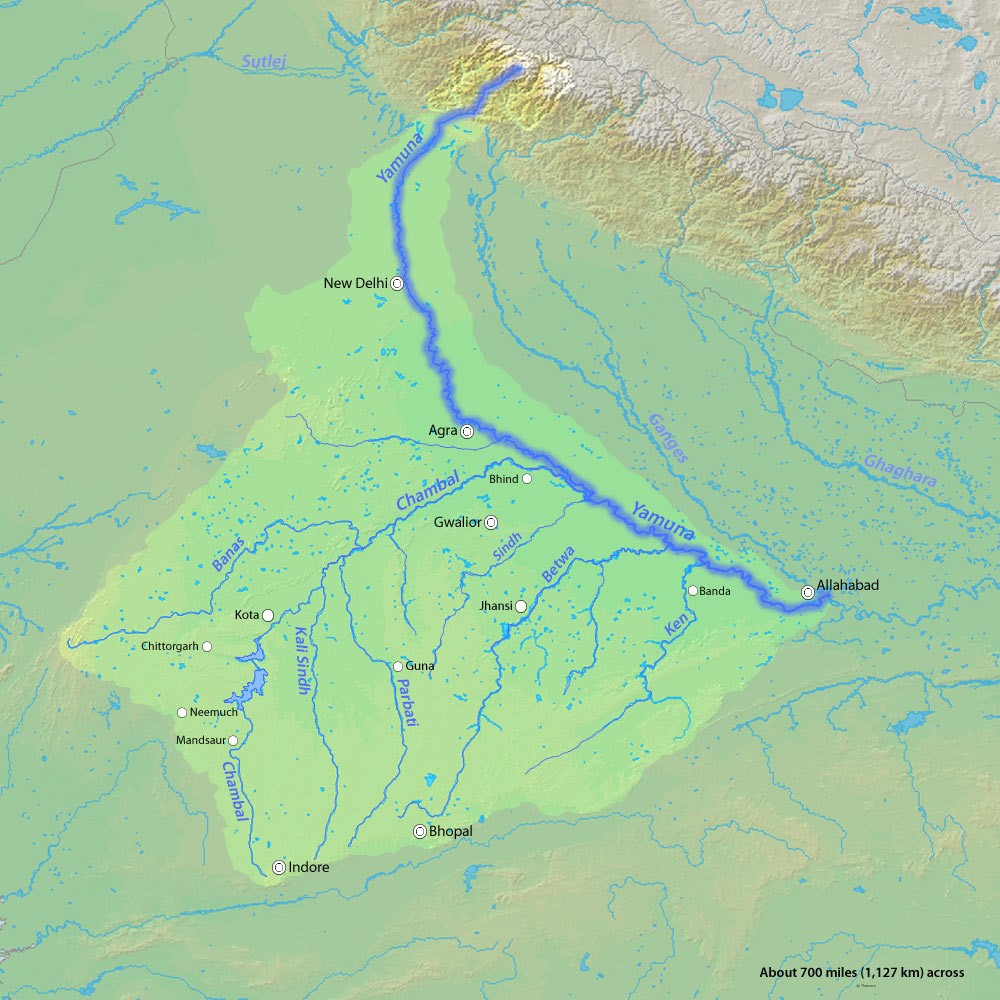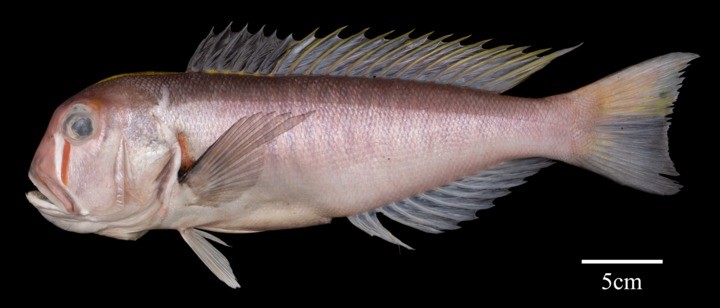|
One Liners 18-02-2025
|
|
Polity & Governance
|
|
Pradhan Mantri Matsya Sampada Yojana (PMMSY)
India is the world’s 2nd largest fish producer, with around 8% share across the world.
- Launched in – 2020.
- Nodal Ministry – Ministry of Fisheries, Animal Husbandry and Dairying.
- Objective – To help the fisheries sector achieve new heights while ensuring socio-economic welfare of fishers, fish farmers and other stakeholders.
- Duration –5 years (2020-2025).
|
|
Pradhan Mantri Matsya Kisan Samridhi Sah-Yojana (PMMKSSY)
- Launched in – 2023.
- Umbrella scheme – PMMKSSY is a component under the Pradhan Mantri Matsya Sampada Yojana (PMMSY).
- Nodal Ministry – Ministry of Fisheries, Animal Husbandry and Dairying.
- Objectives – To address the inherent weaknesses of the sector through identified financial and technological intervention for bringing in institutional reforms.
- Duration – 4 years (2023-2027).
|
|
Fish Farmers Producer Organizations (FFPOs)
- Objective – To provide financial assistance to economically empower the fishers and fish farmers and enhance their bargaining power.
- Umbrella scheme – Pradhan Mantri Matsya Sampada Yojana (PMMSY).
- Nodal Ministry – Ministry of Fisheries, Animal Husbandry and Dairying.
|
|
National Geospatial Knowledge-based Land Survey of Urban Habitations (NAKSHA)
- About – It is a pilot program, having technical partnership with Survey of India.
- Aim – To create and update land records in urban areas to ensure accurate and reliable documentation of land ownership.
- Initiative of – Department of Land Resources, Ministry of Rural Development.
- It will empower citizens, improve ease of living, enhance urban planning, and reduce land-related disputes.
- Nodal Ministry – Ministry of Rural Development and Ministry Agriculture & Farmers’ Welfare.
- Coverage – 152 Urban Local Bodies (ULBs) across 26 States and 3 Union Territories (UTs).
|
|
Bilateral Relations
|
|
India-Qatar Joint Business Forum
- Organized by – Confederation of Indian Industry (CII) and Department for Promotion of Industry and Internal Trade (DPIIT).
- Vision – For long-term economic cooperation, reinforcing the countries commitment to fostering trade, investment, and innovation across key sectors.
- Objective – To convene top business leaders, policymakers, and industry stakeholders to explore investment opportunities, technological collaboration, and economic partnerships.
|
|
Economy
|
|
Electricity Generation Capacity in India
- Out of the total electricity generation capacity from thermal power plants, private sector power plants have a capacity of 36.20%, the State sector has 32.03% and the central sector has the capacity of 31.77%.
- NITI Aayog data show that India accounts for 20,794.36 kg of carbon emission from electricity generation.
Electricity is a Concurrent subject (Entry 38 of List III of the Seventh Schedule of the Constitution), which allows both the central and State governments to legislate on electricity matters.
- According to the Central Electricity Authority (CEA), Maharashtra had the highest non-renewable electricity generation capacity, followed by Uttar Pradesh and Gujarat in 2022-23.
- Rajasthan had the highest renewable electricity generation capacity in India.
|
|
Science & Technology
|
|
Bacterial Cellulose
- Bacterial cellulose – It is a biodegradable, natural polymer produced by certain bacteria.
- Usage – Human medicines, paper restoration, food, cosmetics textiles, construction materials, electronics and blood vessel regeneration.
- Potential Applications – Agriculture, such as facilitating grafting, preserving cut plant material and serving as a growth medium in laboratories.
- It is also known as microbial cellulose.
|
|
Matsya-6000
- It is the 4th Generation deep-ocean human scientific submersible.
- Part of – Samudrayan Project.
- Capacity – To accommodate 3 humans within its compact 2.1-meter diameter spherical hull.
- Design and developed by – National Institute of Ocean Technology of Ministry of Earth Sciences.
- Array of components:
- A main ballast system for diving
- Thrusters for movement in all three directions
- A battery bank for power supply
- Syntactic foam for buoyancy.
|
|
Miscellaneous
|
|
Forward Faster Sustainability Awards 2025
- Organized by – UN Global Compact Network India (UN GCNI).
- Awarded to – National Thermal Power Corporation (NTPC) Ltd, India’s largest integrated power utility.
- Category – Water Resilience.
- Awarded for – Organizations in India that have made significant strides in advancing sustainability and corporate responsibility, aligning with the United Nations Sustainable Development Goals (SDGs).
- Eligibility:
- Business of any size and sector.
- Enterprises with less than 10 employees up to multinational corporate with more than 10,000 employees.
|
|
ANARNET
- About – ANARNET is India's traceability system, ensuring transparency and building consumer confidence in international markets.
- Developed by – Agricultural and Processed Food Products Export Development Authority (APEDA).
- Enhance consumer trust – It can ensure that Indian agricultural products meet the highest global standards, enhancing consumer trust worldwide.
|

